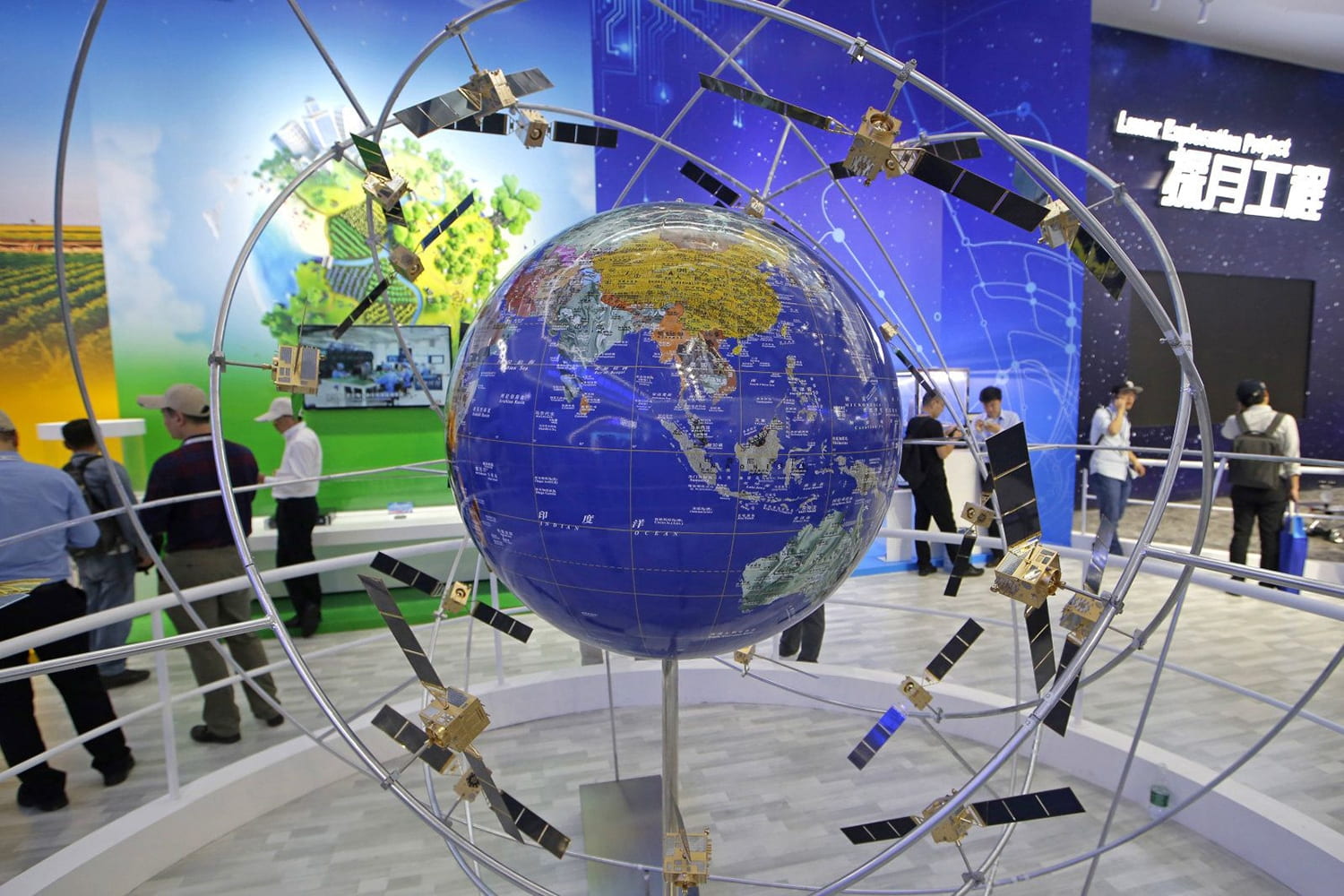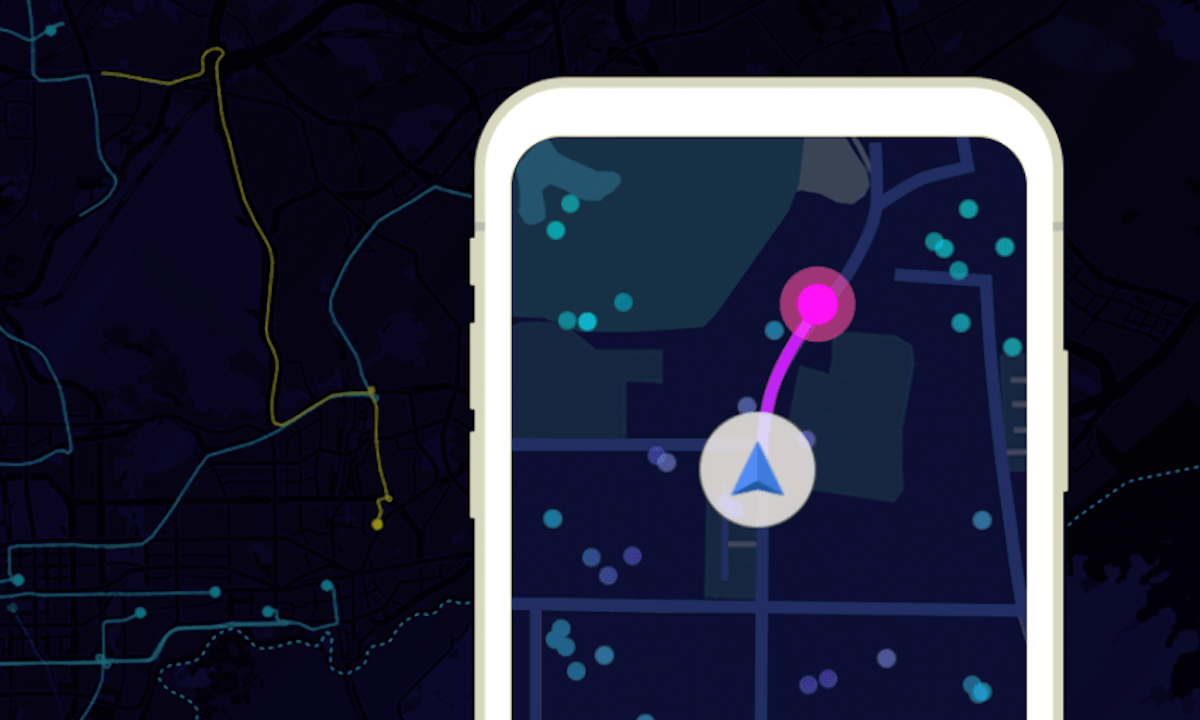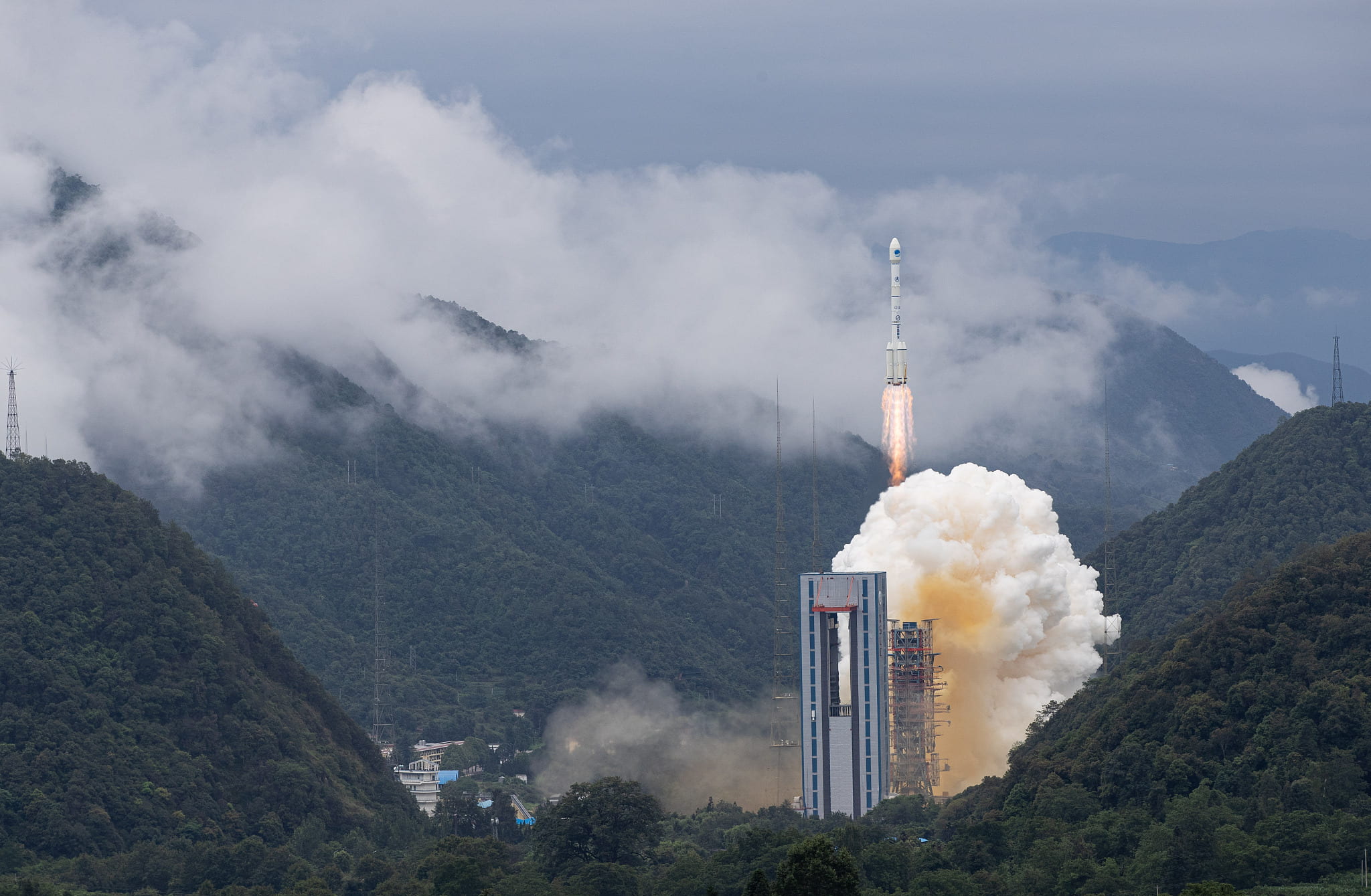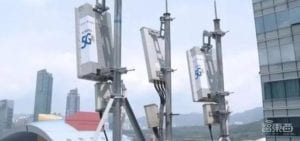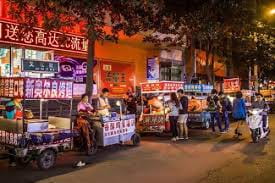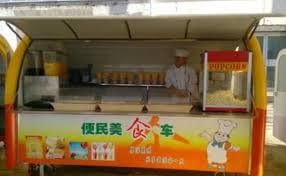Instead of thinking cable and internet as media infrastructures, labour is a vital element in media infrastructure. Edwards stated that “not only hardware but organization… are required for a system to be an infrastructure” (2003, p. 187). More explicitly, “infrastructure shapes and is shaped by the conventions of a community of practices” (Star, 2012, p. 381). And this is what Parks and Starosielski called “relationality”. And labour, as Parks and Starosielski argued, provides support, repair and maintenance of a systematic infrastructure, which is to say, the operation of media infrastructure depends on the social practices of labour (2015, p. 12). In the case of mobile food delivery network, the daily routine of deliverymen is a kind of social practice that links different groups including staffs working for the platform, food store owners, consumers, and themselves into a community or in another word, social organization. Ruhleder and Star have defined several characteristics of infrastructure and some of them would be used in the analysis.
The first characteristic of infrastructure is embeddedness. The work of deliverymen is definitely in the mobile food delivery network and cannot be distinguished. Within the whole media infrastructure, it is unnecessary to distinguish deliverymen with other groups since they are coordinated to operate in the infrastructure. In fact, if putting it into a larger scale, deliverymen also belong to different social, economic and political relationship. There is an article illustrating the situation of deliverymen in the area of political economy (link is here). There are three kinds of delivery mode: the platforms hire men to deliver food; the platform coordinate with logistics companies and the latter hire deliverymen; the last modes is “crowdsourcing” that free labour picks up the delivery work. The former two fit the labour law and receive the surveillance of government while the latter is in the blank area of Chinese labour law. The complex relationship with larger political economy is represented by the social practices of deliverymen.
Transparency is another feature in the definition of infrastructure. In the case of mobile food delivery network, deliverymen is a special being. It is visible, of course, since all consumers would receive their food from deliverymen, however, they are transparent to use. There is no step for consumers to do for deliverymen, it is automatic in consumers’ eyes. And only the situation of breaking down, being late as an example, would consumers give attention onto them.
The transparency comes from the naturalization of participation. People are members within the system of infrastructure rather than strangers thus they overlook the infrastructure by seeing it as natural. Receiving food from deliverymen is a natural process for delivery app users. There is no consideration and thinking to be needed in terms of deliverymen. People focus on picking restaurants and particular food rather than deliverymen. In fact, the work of deliverymen is hidden by the estimating time for arriving. They become the statistics and lose the recognition from consumers. And the fact that consumers cannot choose deliverymen just promotes the naturalization.
